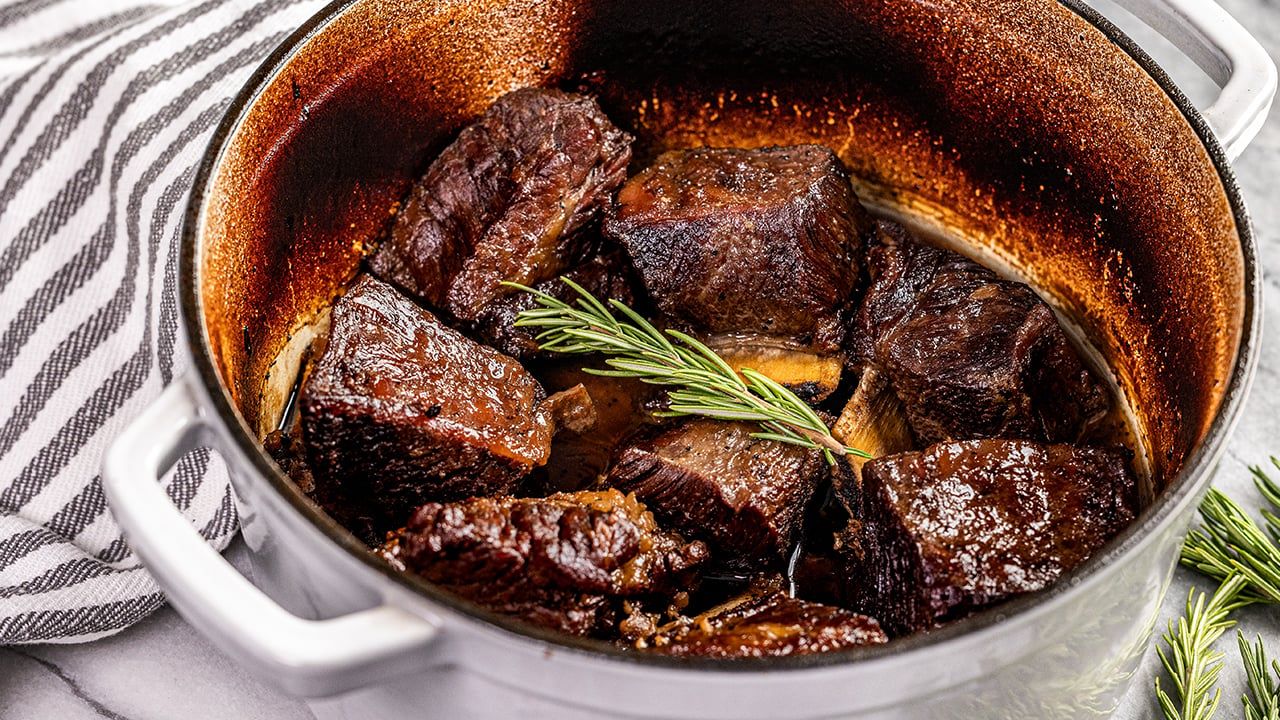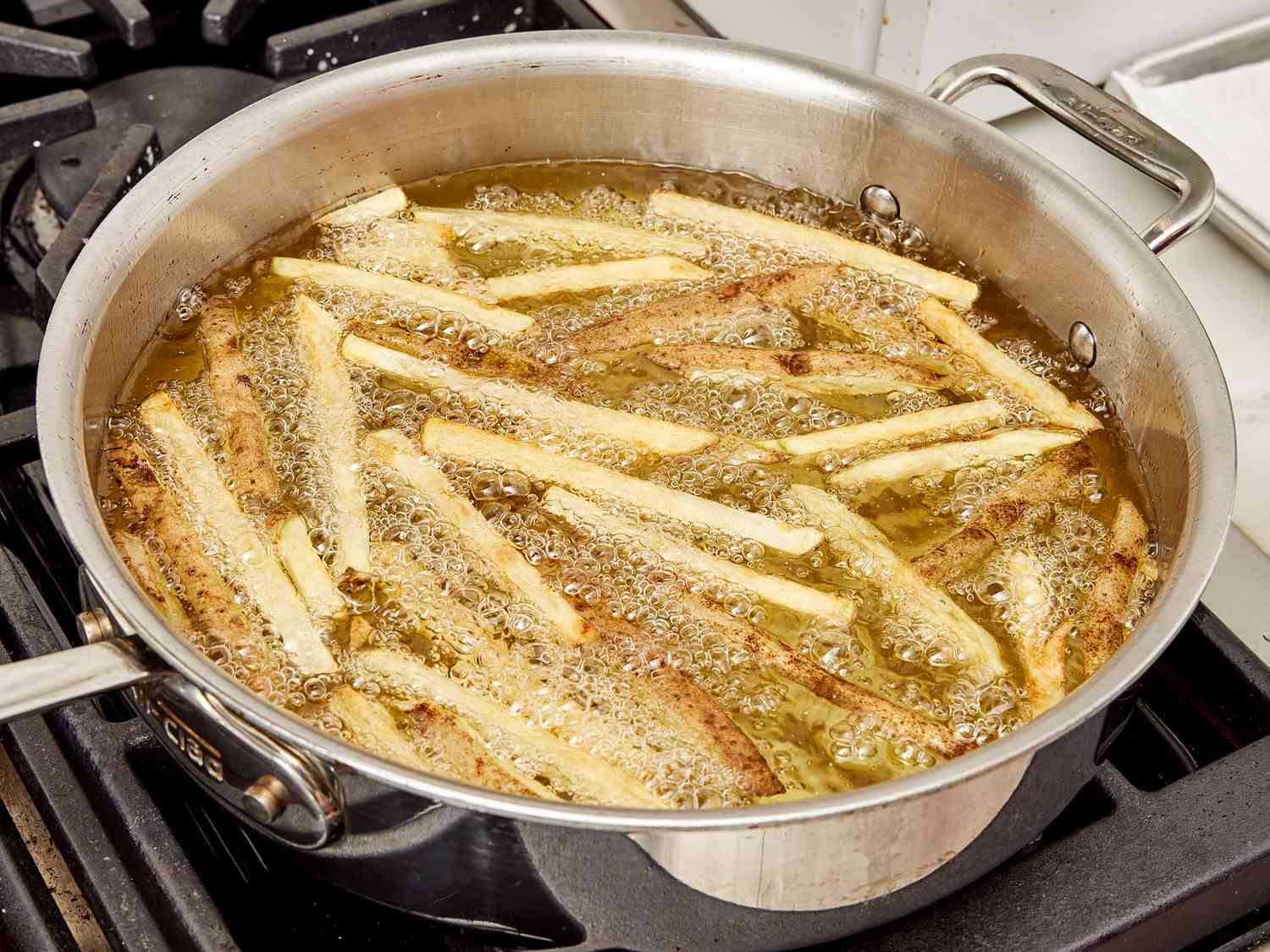How to Make Saganaki: The Greek Fried-Cheese Appetizer
Are you ready to indulge in a delicious Greek appetizer that oozes with cheese and flavor? Look no further than Saganaki, the beloved fried-cheese dish that will transport your taste buds straight to Greece. In this blog post, we will guide you through the easy steps to make this tasty treat right in your own kitchen.
Ingredients:
- 1 block of Kefalograviera or Halloumi cheese
- 1 lemon
- 2 tablespoons of all-purpose flour
- 2 tablespoons of olive oil
- 1 tablespoon of butter
- Freshly ground black pepper to taste
Instructions:
- Begin by cutting the cheese block into thick slices of about ½ inch each. Pat the cheese slices dry using a paper towel to remove any excess moisture.
- In a shallow bowl, place the all-purpose flour and coat each cheese slice evenly, shaking off any excess flour.
- Heat the olive oil in a skillet over medium heat. Once the oil is hot, add the butter and allow it to melt.
- Gently place the flour-coated cheese slices into the skillet and fry them for about 1-2 minutes on each side, or until golden brown and crispy.
- While the cheese is cooking, squeeze the juice of the lemon into a small bowl.
- Once the cheese slices are fried to perfection, remove them from the skillet and place them on a paper towel-lined plate to absorb any excess oil.
- Transfer the fried cheese to a serving platter, drizzle with a generous amount of fresh lemon juice, and sprinkle with freshly ground black pepper to taste.
- Serve the Saganaki immediately while it’s still hot and enjoy it with warm bread or pita to dip into the melted cheese.
Saganaki is best enjoyed as a shared appetizer among friends and family. The combination of the crispy exterior and the gooey melted cheese on the inside is simply irresistible.
Next time you’re craving a taste of Greece, try making Saganaki at home. It’s a quick and easy recipe that will transport you to the sunny shores of the Mediterranean. Don’t be surprised if your guests start asking you for the recipe!
So, gather your ingredients, put on your apron, and get ready to sizzle up some delicious Saganaki. Your taste buds will thank you!
Was this page helpful?
Read Next: How To Make A Wursthall-Style Smashed Burger











